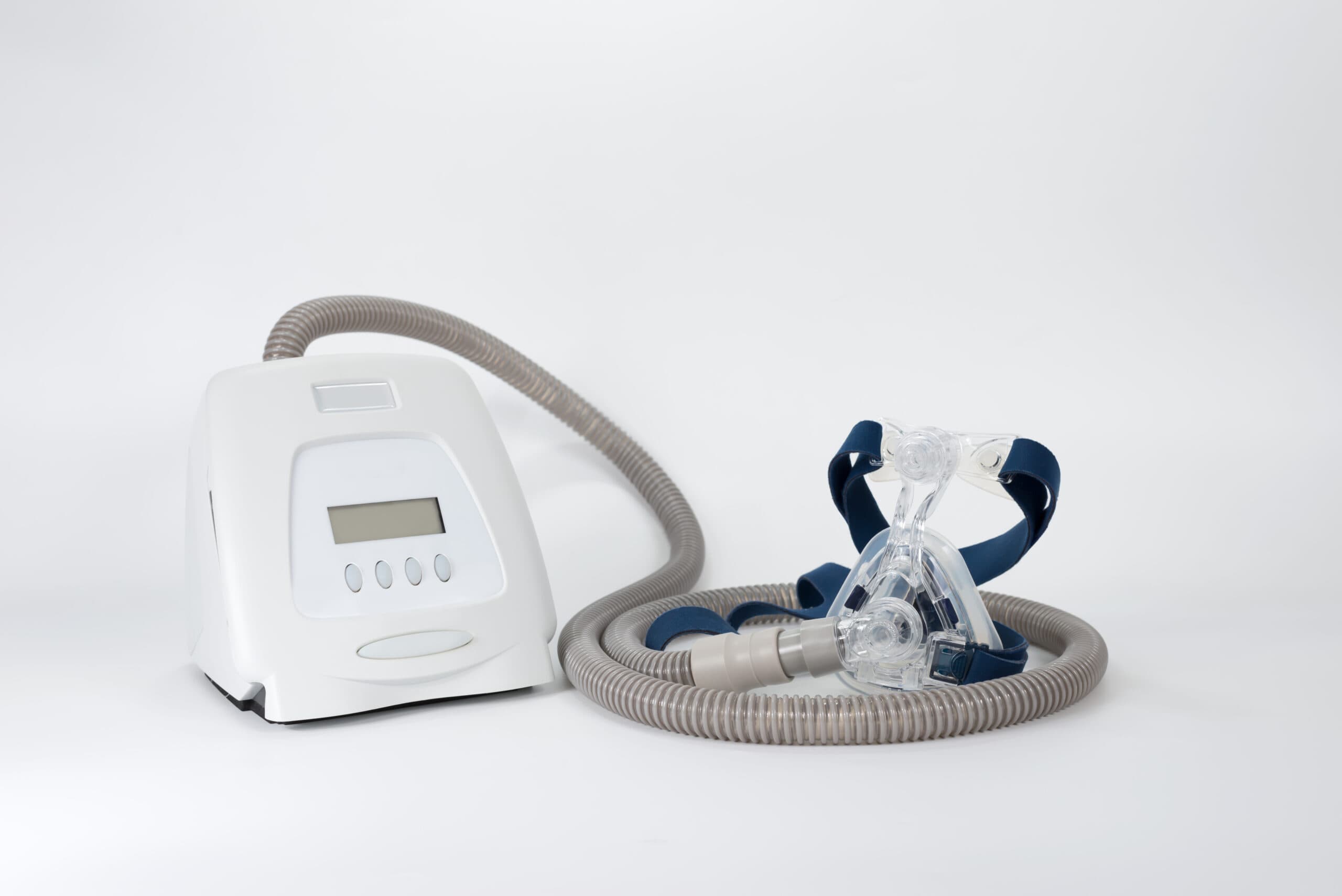

Understanding BiPAP Device Settings is crucial for effective therapy to use this efficient device properly. BiPAP machine delivers two distinct pressure levels: IPAP (Inspiratory Positive Airway Pressure) and EPAP (Expiratory Positive Airway Pressure). This is what makes it capable of allowing users to breathe easily.
Individuals who have just been diagnosed with the condition discussed above mostly prefer to use a BiPAP machine to treat their condition. However, to achieve long-term therapy success and effectiveness, you must know how your BiPAP machine is configured and adjust the BiPAP settings appropriately.
It is also crucial to understand that each patient has unique ventilatory needs, and incorrect BiPAP machine configuration can lead to patient-ventilator asynchrony. Along with that, it can also cause other issues like discomfort and suboptimal treatment outcomes.
In this article, we will give you an insight into essential BiPAP parameters, which include pressure support (PS), rise time (Ti), backup rate (BPM), Ti control (inspiratory time), trigger and cycle sensitivity, and humidification and ramp settings.
Whether you’re a healthcare professional seeking guidance or a patient learning how to manage therapy at home, this guideline can help you understand how to adjust BiPAP settings effectively and common BiPAP setting errors to avoid that will lead you to achieve optimal comfort during therapy. Let us explore how to utilize this machine properly for enhancing respiratory support.
BiPAP machines efficiently deliver two levels of air pressure:
This distinct pressure assists in reducing the effort of breathing while ensuring better oxygen exchange and carbon dioxide removal. It is mostly recommended by the healthcare specialist to patients who find it difficult to exhale against continuous pressure.
Proper BiPAP machine configuration is a must for achieving treatment success. Here are some of the most common settings you should understand:
Modern BiPAP machines offer multiple modes:
| Mode | Description |
| S (Spontaneous) | It assists patient-initiated breaths. It is considered ideal for both conscious patients with mild to moderate respiratory compromise. |
| T (Timed) | It delivers breaths at a fixed rate regardless of patient effort. It is commonly used when spontaneous breathing is absent. |
| ST | It is a perfect merge of both spontaneous and timed features. |
| Auto BiPAP | It adjusts pressures automatically according to the detected breathing patterns. |
| AVAPS (Average Volume-Assured Pressure Support) | It adjusts pressure to deliver a target tidal volume. Best for chronic hypoventilation conditions like obesity hypoventilation syndrome or neuromuscular disorders. |

To avoid these errors, you must follow a titration protocol for BiPAP. A Part of a sleep study or under the supervision of a respiratory therapist.
| Type | Usage |
| Acute | It is commonly used in hospitals for conditions like COPD exacerbations, pneumonia, or COVID-19-related respiratory distress. |
| Chronic | It is ideal for home use for sleep apnea, ALS, or long-term lung conditions requiring ongoing ventilatory support. |
Settings depend upon numerous factors such as whether the BiPAP is used acutely (e.g., with higher pressures, tight Ti) or chronically (e.g., comfort-focused with AVAPS or Auto modes).
First, you need to understand that most individuals should never self-adjust BiPAP settings without consulting a pulmonologist or sleep specialist. Minor tweaks like humidification or ramp time can be adjusted at home, but pressure and timing settings are something that should be done with care and supervision.
If you feel discomfort, experience difficulty breathing, or your symptoms don’t improve, ask your provider to recheck:
We offer 24/7 delivery of oxygen concentrators, CPAP/BiPAP machines, and hospital beds.
Emergency delivery available anytime
Quick setup and installation
Get professional advice and support.